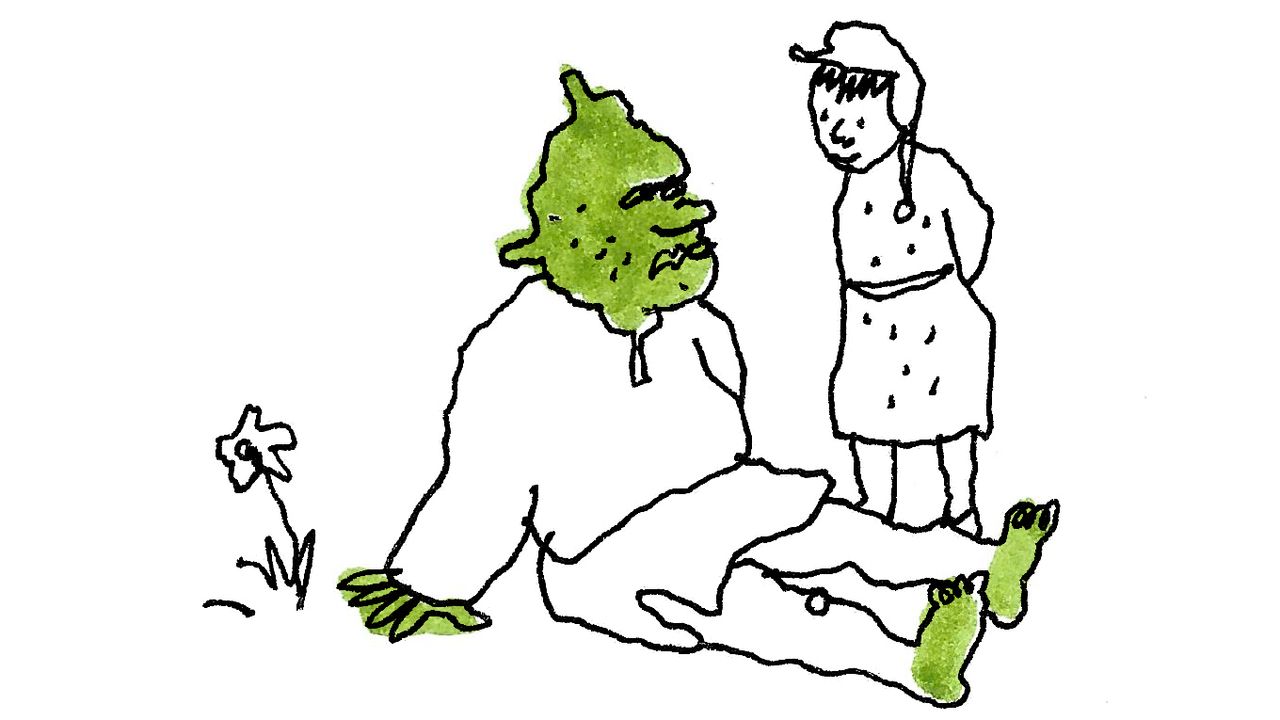Researchers in Brazil have uncovered critical genetic mechanisms that could enhance popcorn maize’s resilience to drought. By studying a series of inbred lines and hybrids under different watering conditions, they aim to help farmers grow hardier crops in water-scarce regions.
How to Improve Drought Tolerance in Popcorn Maize?
Key Takeaways:
- Researchers examined 25 traits related to popcorn maize drought tolerance.
- Ten inbred lines and 45 diallel hybrids were tested under water-stressed and well-watered conditions.
- Diallel analysis helped identify the genetic control mechanisms crucial for drought resistance.
- The insights guide the breeding of drought-tolerant popcorn maize varieties.
- These findings could benefit farmers in areas increasingly affected by water scarcity.
Introduction
Popcorn maize is more than just a snack—it’s a livelihood for many growers worldwide. As climate change intensifies, scientists are racing to help farmers cultivate resilient crops despite the looming challenges of water scarcity. A new study from Brazil explores how genetic analysis might unlock drought tolerance in popcorn maize varieties.
The Study and Methodology
Researchers led by Valter Jario DE LIMA at the Universidade Estadual do Norte Fluminense Darcy Ribeiro (UENF) conducted an in-depth diallel analysis of 10 popcorn inbred lines and 45 diallel hybrids. They assessed each line’s performance under water-stressed (WS) and well-watered (WW) conditions. By focusing on 25 separate traits, they gained a comprehensive view of genetic responses tied to drought resistance.
Genetic Findings and Trait Evaluation
Diallel analysis allowed the research team to pinpoint the genetic drivers behind popcorn maize’s adaptation to water-limited environments. Each of the 25 traits revealed important clues on how different genetic interactions influence plant development and yield under stress. This “genetic blueprint” provides a valuable roadmap for breeders looking to enhance drought tolerance in future popcorn maize varieties.
Implications for Popcorn Maize Breeding
Armed with clearer insights into which traits matter most for drought resistance, scientists and agriculturists can more effectively develop new popcorn maize lines. The study provides “precise guidance” on selectively breeding varieties better equipped for sustaining growth, even when water is scarce. This approach is especially vital given the increasing frequency of drought conditions in many agricultural regions.
Conclusion
The research underscores the importance of understanding genetic mechanisms in tackling global food security challenges. By systematically exploring how maize responds to reduced water availability, the team has laid the groundwork for hardier crops. Growers and agricultural scientists alike can look to these findings for hope—and practical direction—as they confront the ongoing challenges of climate change.











